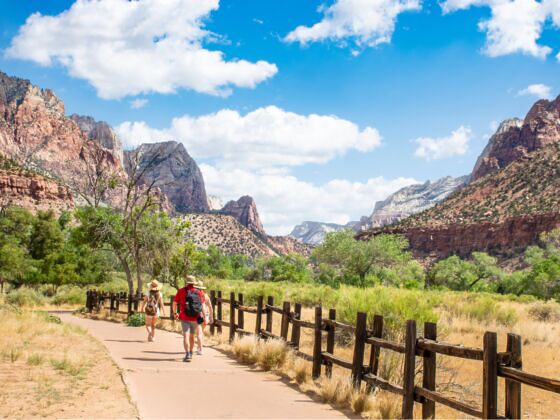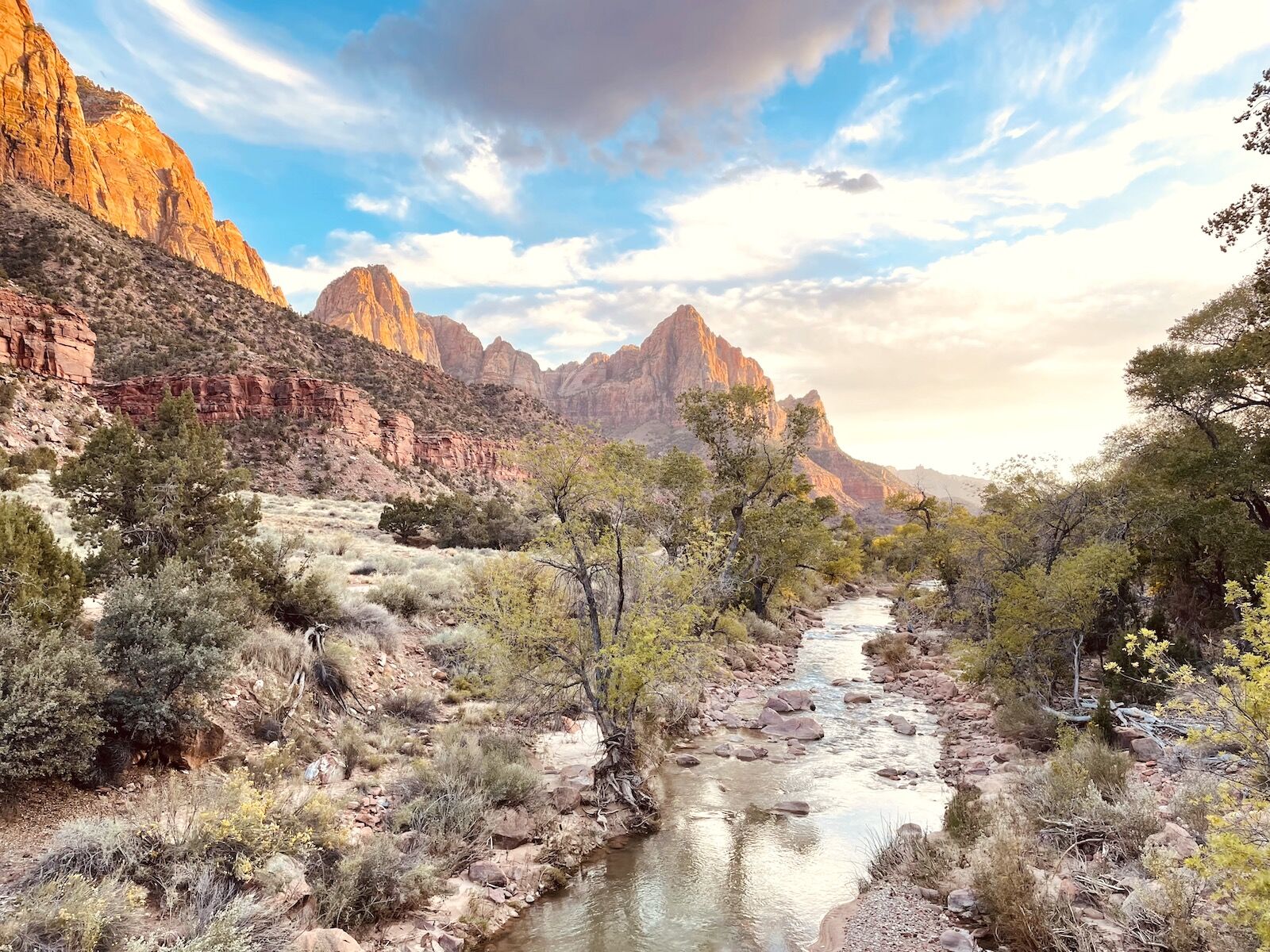Summer camping season is coming up, and as most hikers know, the process of securing a campsite can be stressful. Getting your group to commit to a weekend and applying for a permit is already a hassle, and then on top of that, you need to make sure you get a good campsite — no one wants to be directly next to a bathroom.
Or do they?
According to research from the University of Montana and Florida Atlantic University published in the Journal of Environmental Management, several conscious and unconscious factors explain why people choose the campsites they do.

